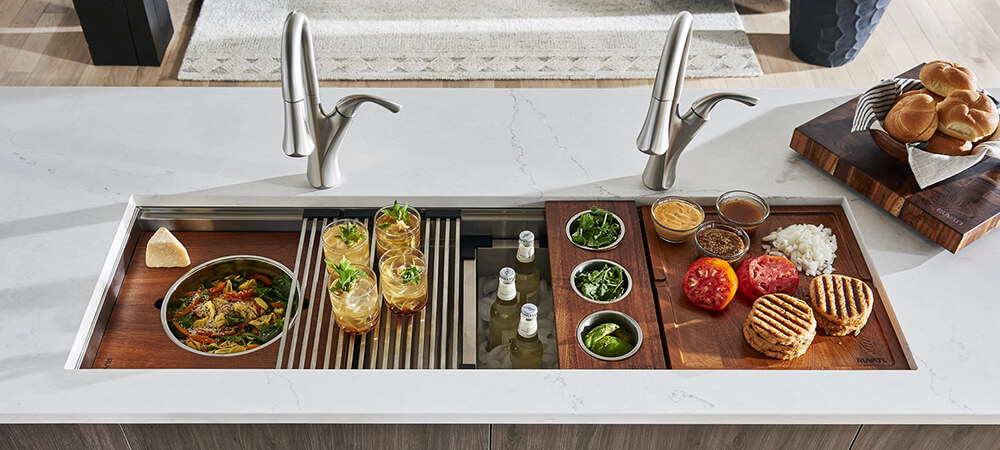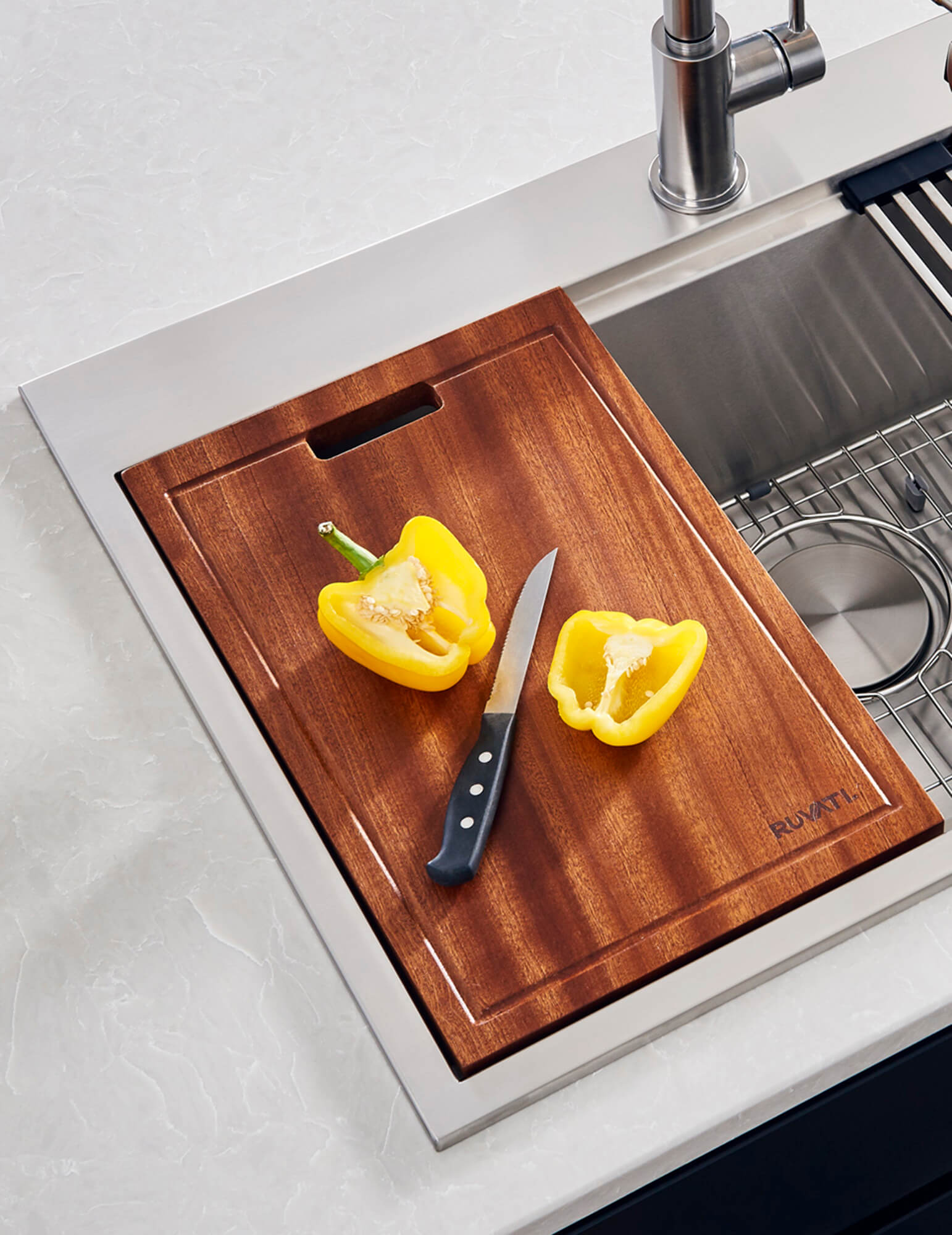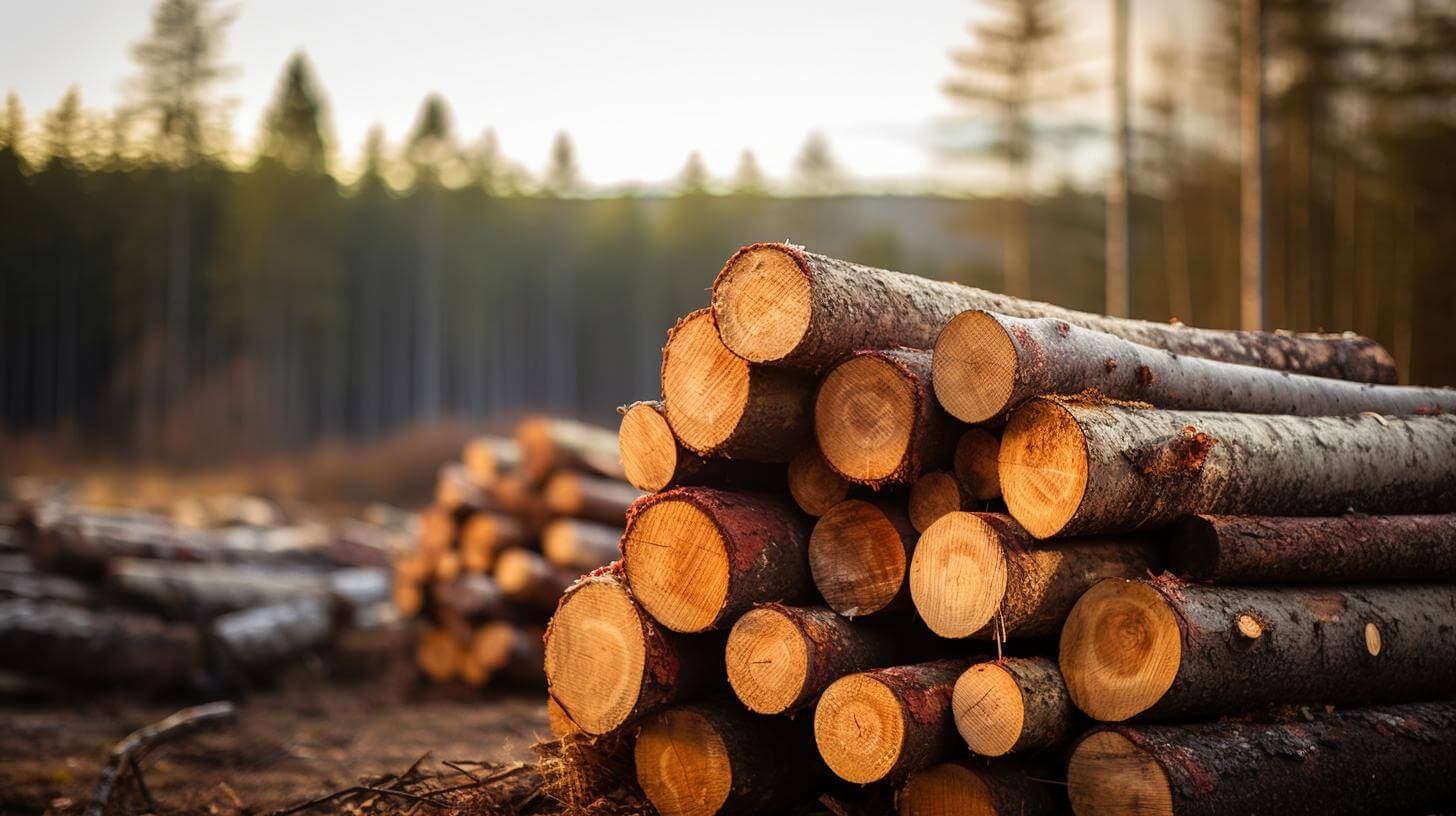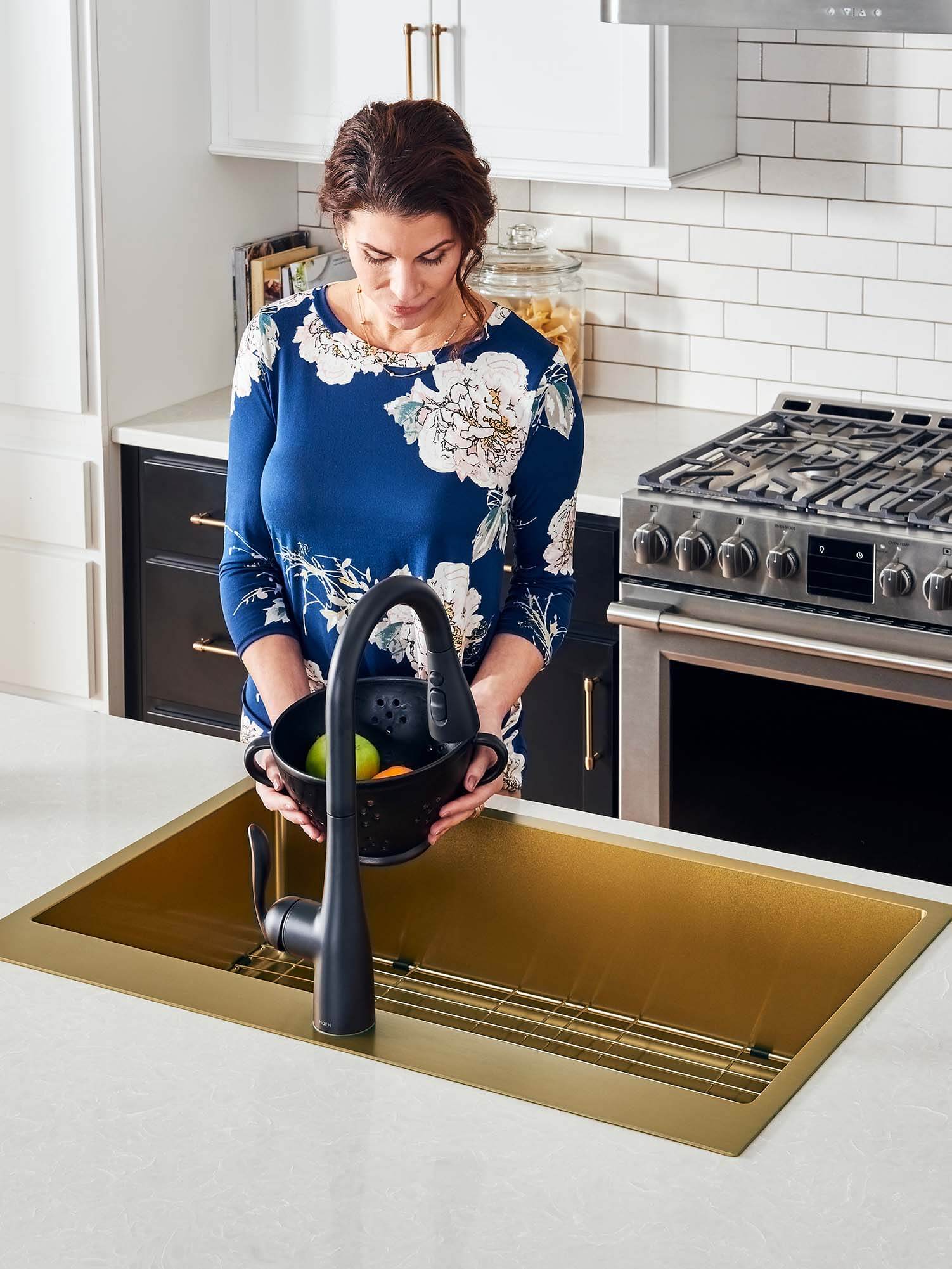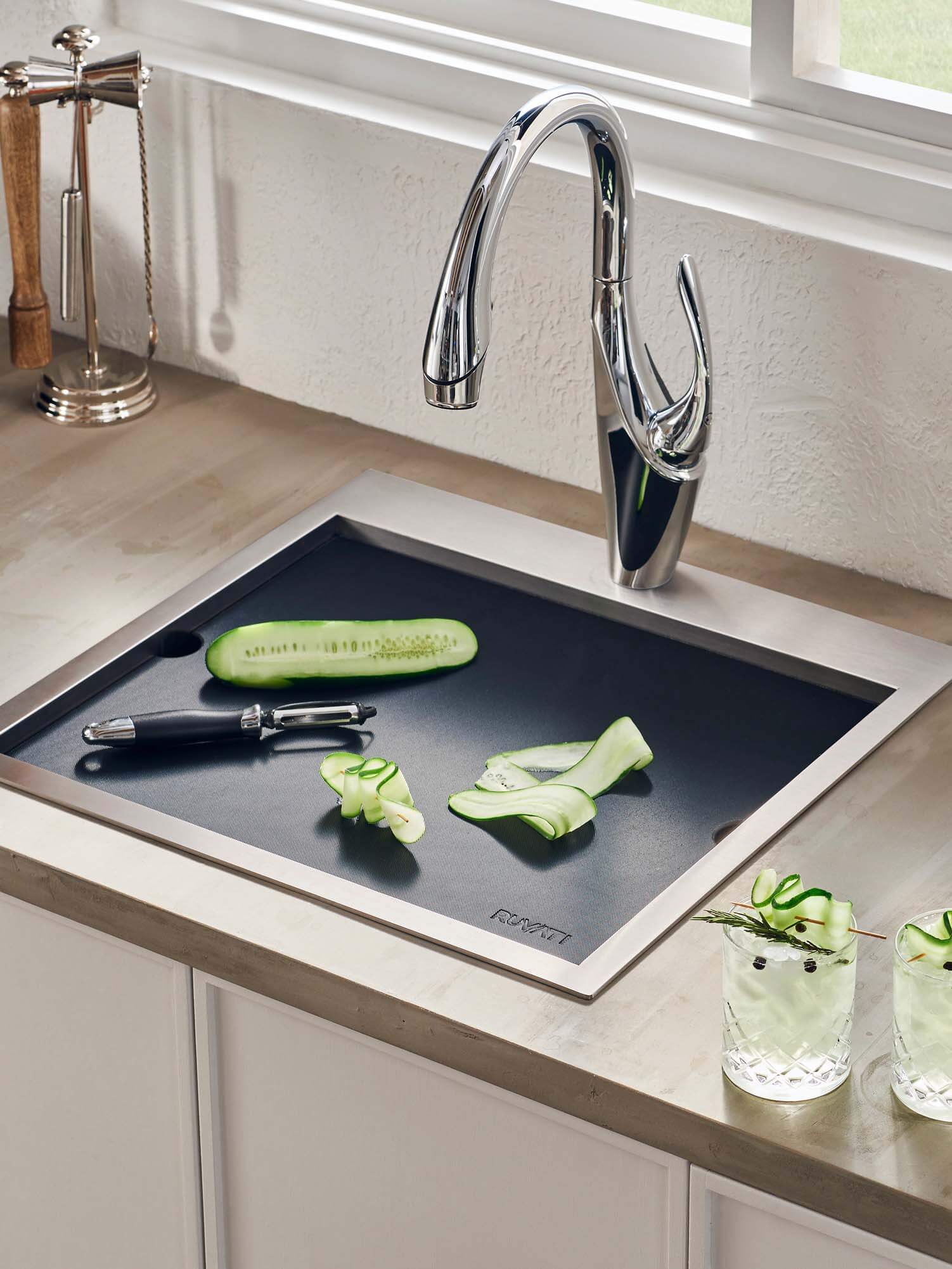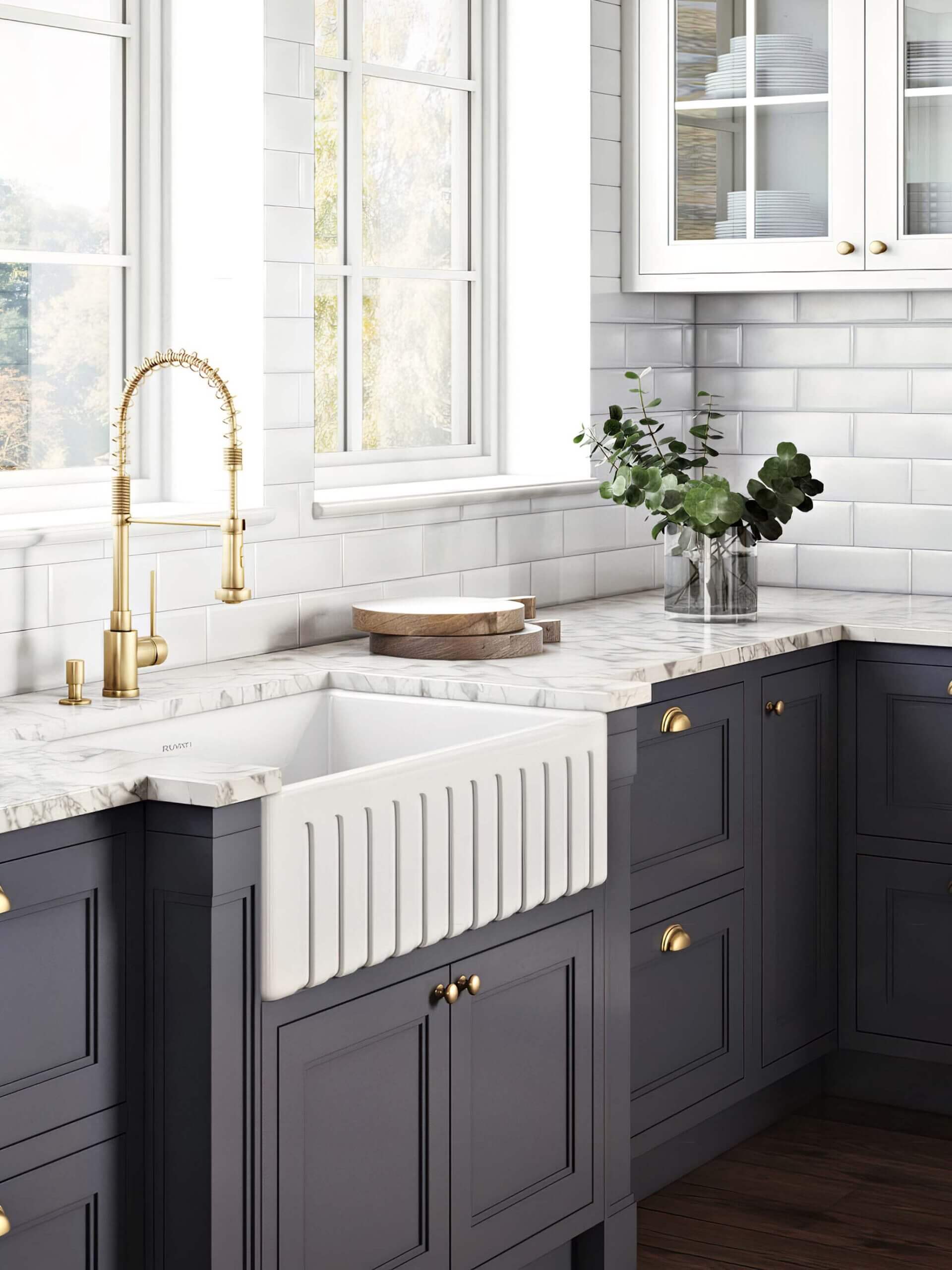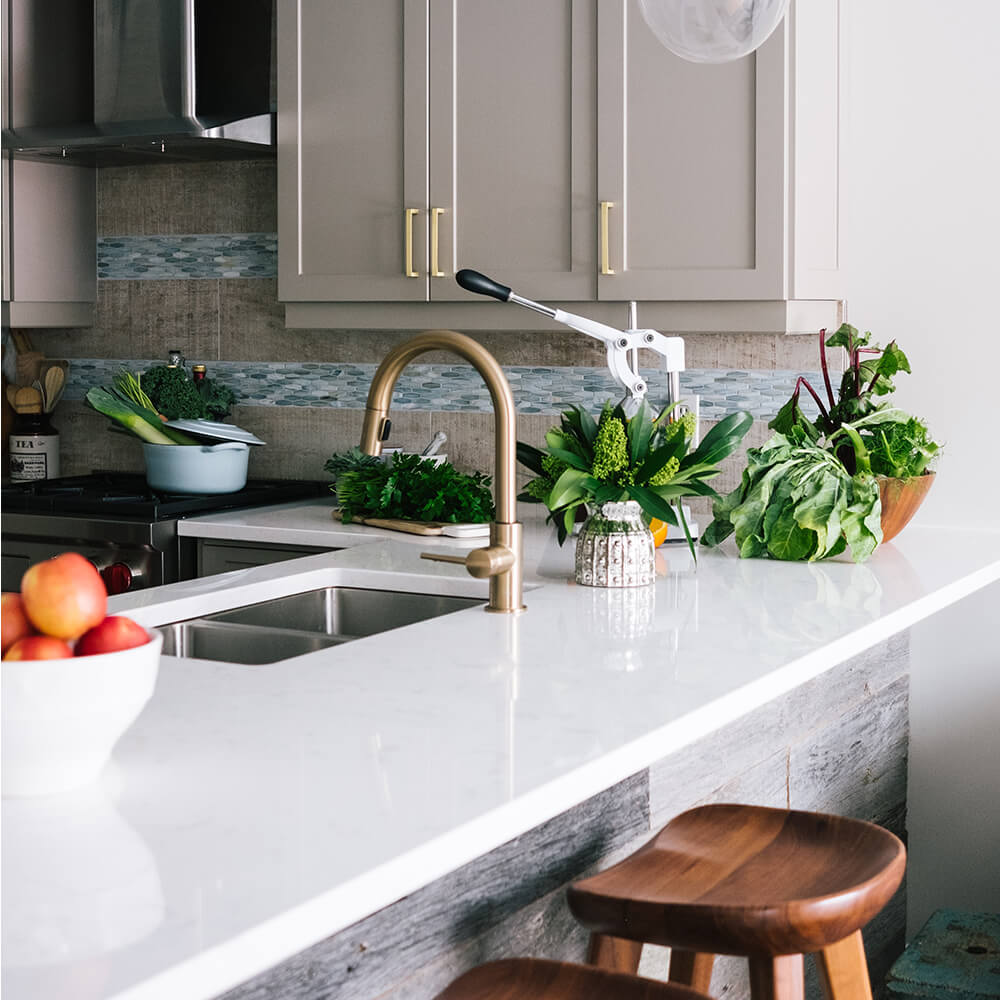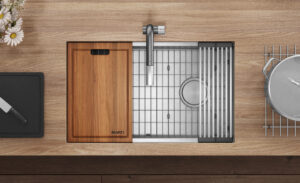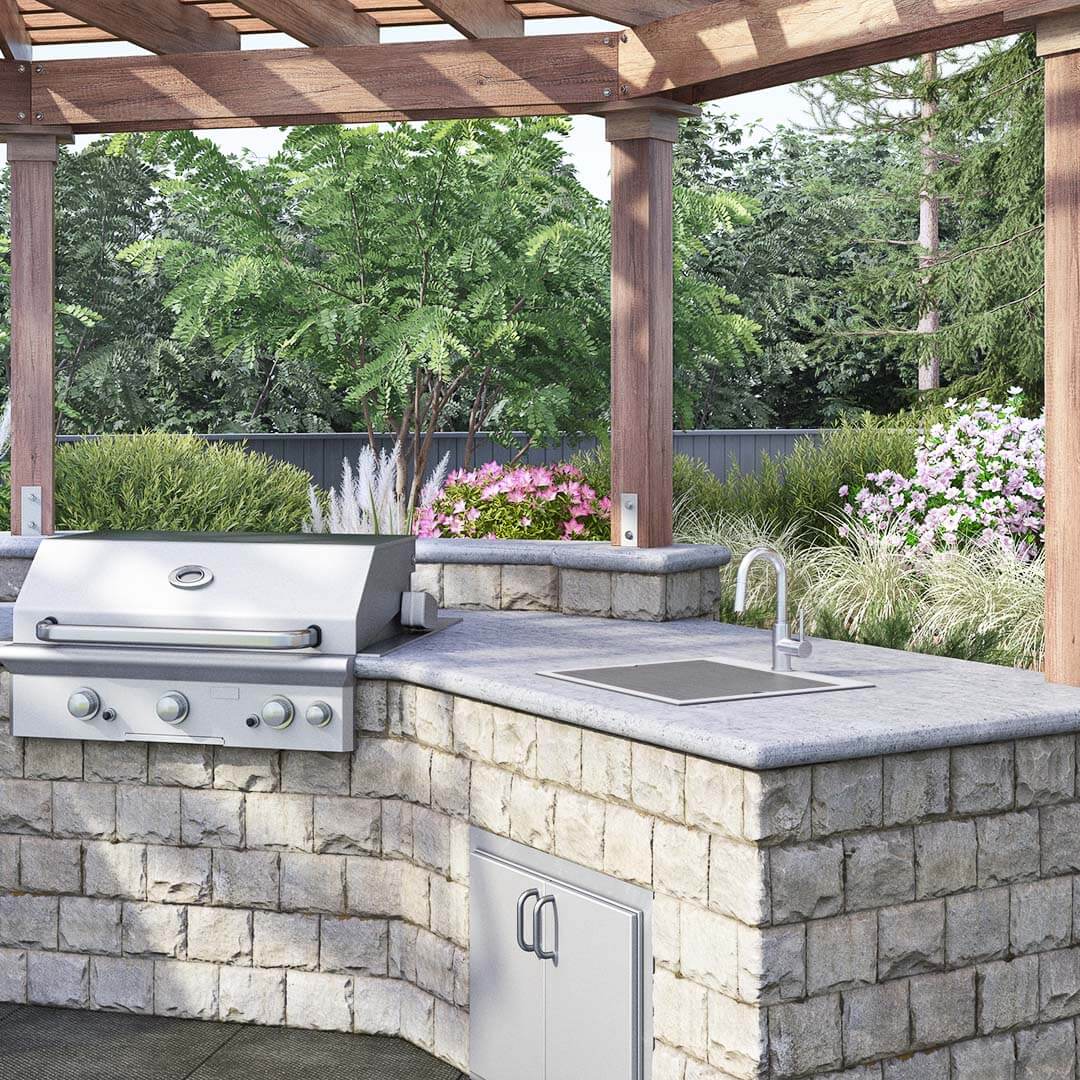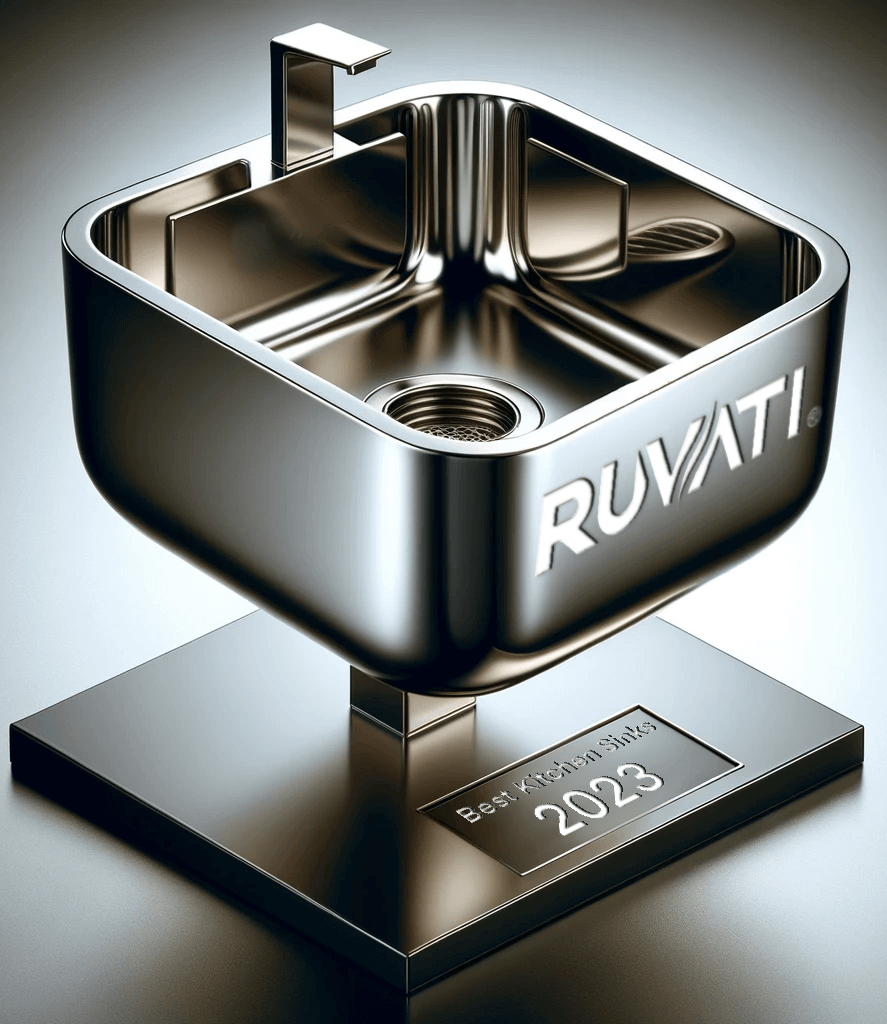Over the last few decades, popularity of wood cutting boards has increased dramatically thanks to properties of wood that make it a perfect surface to come in contact with knives and food. For a long time, plastic boards were synonymous with cutting boards. While plastic is cheap, light weight, durable, resistant to knife damage and easy to wash, there are certain properties of wood that give it an edge over plastic surfaces. Wood is resistant to knife damage, but at the same time, it is soft enough to not damage the knife itself. This is especially important if you like to use expensive knives and like to keep them sharp.
Wood surfaces will not dull your knife easily. Wood is also naturally antibacterial. Even though plastic is easy to clean, the surface attracts bacteria, algae and mold, especially under wet or moist conditions. In contrast, wood is naturally bactericidal, as shown by numerous scientific studies that compare bacterial growth on plastic versus wood cutting boards. These two properties make wood boards the surface of choice for kitchen pros.
Other Cutting Board Materials vs Wood
As people begin to realize the superiority of wood over plastic, or other materials as a cutting surface, more and more are switching over from to wood boards. To find out more information regarding we put together an article dedicated to wood vs non bamboo materials. The benefits of wood boards come at a small price though:
- Wood cutting boards are naturally more susceptible to water damage than plastic, so they require a little more effort in care and maintenance
- Wood boards, depending on the wood species and the level of craftsmanship involved, can be considerably more expensive than plastic boards
This is where bamboo comes into play.
Wood and Bamboo Cutting Boards
The only reason cutting board manufacturers choose bamboo over wood is price. Bamboo is cheap. Bamboo, as a raw material, costs a fraction of hardwood. Bamboo surfaces look and feel like wood, but bamboo is not a hardwood. Bamboo is a grass — anyone who is familiar with woodworking will tell you so. That’s why you won’t see bamboo in the lumber section of your local hardware store. Bamboo is cheap and widespread due to how quick and easy it is to cultivate. It flourishes in places like Asia where a lot of today’s mass manufacturing takes place. Trees such as oak or maple can take decades to grow to lumber maturity, but bamboo plantations can be ready to harvest in less than a year.
As a hard grass, bamboo lacks some properties of hardwood chopping surfaces that we mentioned earlier. Bamboo does not have the same level of natural antibacterial properties as hardwood. If you leave a bamboo board wet for a few days, you will see black mildew growing on the surface. Bamboo fibers are also tough on the knife surface, making bamboo boards twice as likely to dull the sharpness of your knife with regular use. Both hardwood and bamboo cannot be left wet or moist for extended periods; the water will eventually damage the wood. However, bamboo will warp and crack in wet conditions much faster than hardwood. Given these properties, even though bamboo cutting boards are cheaper and a lot more common, you will never see professional chefs or serious home cooks ever use bamboo cutting boards with their favorite knives.
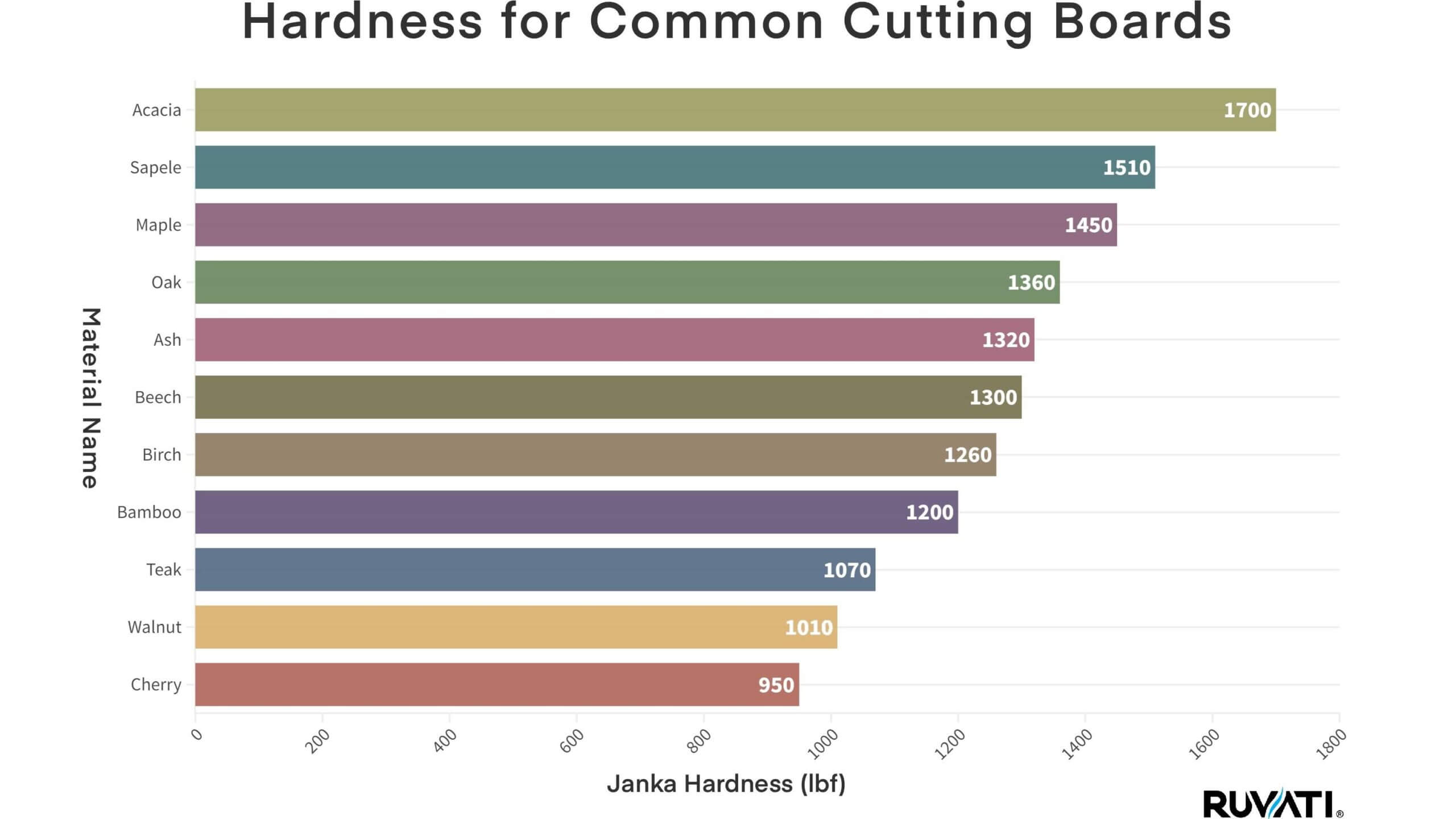
The Superiority of a Sapele Wooden Cutting Board
In our quest to find the perfect wood cutting board for our workstation sinks, we sampled many different hardwoods. Sapele came out as a clear winner. It’s a wood that is similar to Mahogany and has a beautiful natural color and grain pattern. In fact, it’s the wood of choice as a trim for luxury cars and handcrafted guitars. It has a naturally dark color, which means we don’t need to use any artificial stain on it. Most importantly, it’s a very dense wood that is quite resistant to water damage. It’s also relatively fast growing and sustainable.
Just like any other hardwood, you still have to take proper care of it. Do not leave it soaked in water or put it in the dishwasher. Oil it regularly (using food-grade mineral oil or cooking oil) to keep the wood sealed and conditioned, especially after washing with soap. As you use your wood cutting board, it will develop knife marks and scratches. This is normal. We make our workstation sink cutting boards reversible so you can keep one side of the board for regular use and the other side free of scratches. When not in use, you can leave the clean side up. After a few months of use, if you want to remove the knife marks and scratches, you can sand down the entire surface and reseal the wood using food-grade mineral oil.
